Exploring regenerative agriculture with Dan Hunter and our favorite teen heartthrob
People that inspire us
4 december '22
Reading time: 10 minutes
Staiy explores regenerative agriculture through the eyes of Dan Hunter, featured on Netflix’s second season of Down to Earth, and explains why regenerative agriculture matters now more than ever.
Words by Mary Belle Gresh

Picture from Rotten Tomatoes
If you’re interested in sustainability, watching Netflix while bundled up on your couch with a glass of wine, and teen-heartthrob-turned-adult-heartthrob Zac Efron, the show Down to Earth is for you. The actor travels around the world with wellness expert Darin Olien to find healthy, sustainable ways to live. Season two was released on November 11th, and it takes viewers all across Australia.
This week, Staiy was inspired by episode two, where Zac and Darin got down and dirty as they explored a natural approach to farming through regenerative agriculture and organic food production. In the episode, they met with Chef Dan Hunter, owner of Brae, and ate some of the most lush looking dishes. Located an hour and a half southwest of Melbourne, Brae is a net-zero boutique bed and breakfast and award winning restaurant surrounded by a 30 acre organic farm. It is hailed as “world class, farm to table dining experience,” and one of the best restaurants in Australia, and is only possible through regenerative agriculture.
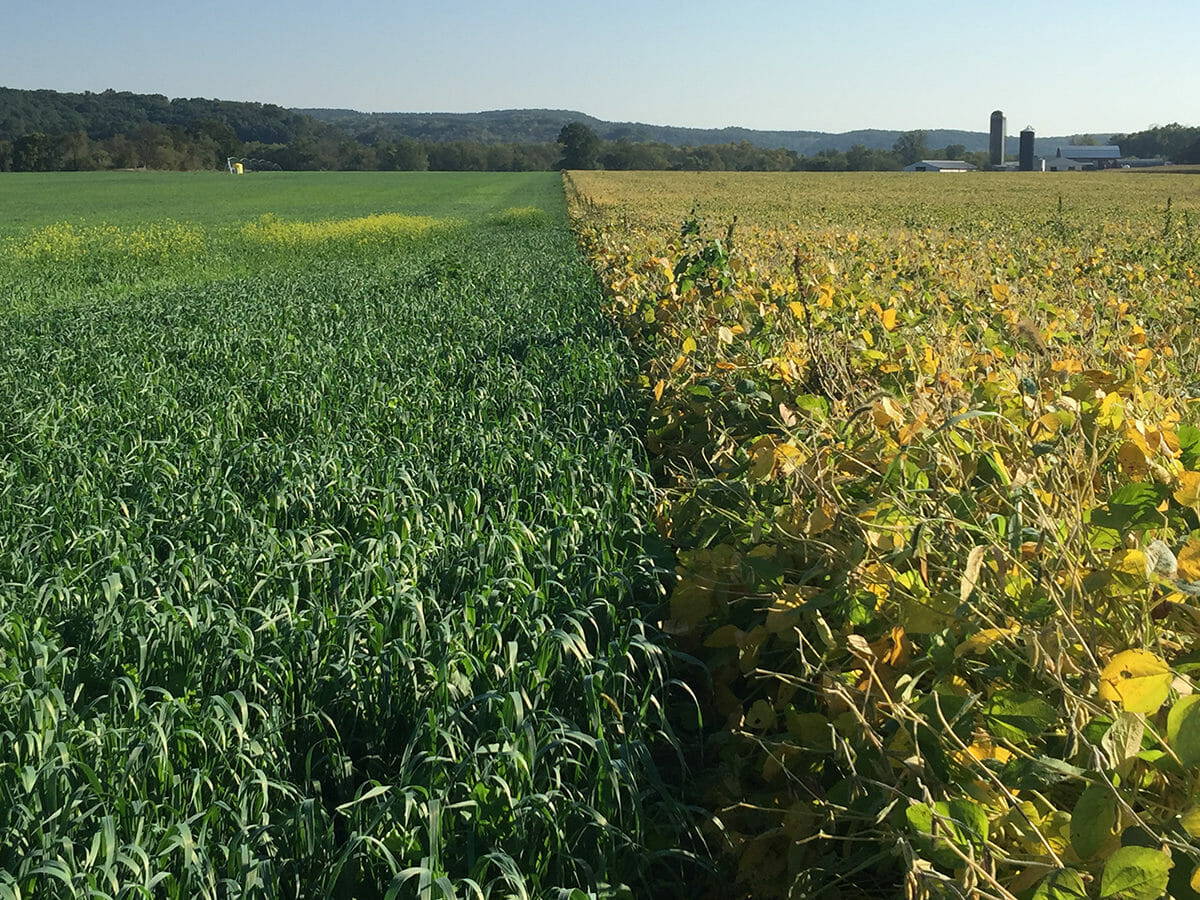
Picture by Midwestern BioAg
What is regenerative agriculture?
According to the episode, RegAg is a “natural approach to farming that yields more nutritious food for consumers and sequesters carbon in the ground for healthier soil and a better planet.” Soil is the most important piece of the puzzle, and RegAg seeks to manage the soil sustainably, examining things like how crops are best planted and how animals are best raised. There are three core principles: 1, no chemicals or pesticides, 2, no tilling/minimal soil disturbance, and 3, crop diversity and cover crops. Regenerative Agriculture seeks to create a sustainable food system.
Why do we need sustainable food systems?
Understanding successful sustainable food systems is key to transforming the way the world thinks about ecological and social justice. Making food systems more sustainable from the production to consumption process furthers the goals of food sovereignty, economic stability, and mitigation of climate change and other shocks to the food system. They afford various levels of protection that the current system of industrial agriculture can not.
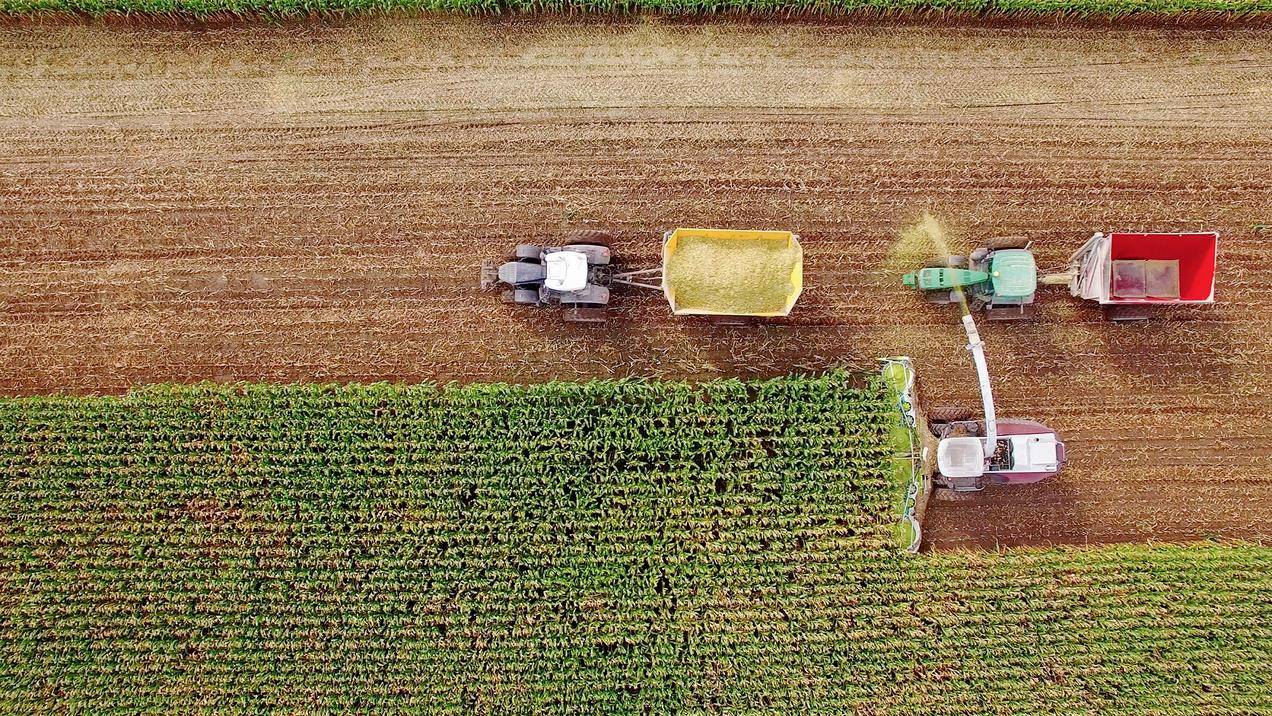
Picture by James Brey
What is industrial agriculture?
Why did the need for regenerative agriculture arise? At the most basic level, the current system of industrial agriculture that dominates global food production is completely unsustainable socially and ecologically. Industrial agriculture requires the use of fossil fuels, water, and topsoil at unsustainable rates, and contributes to various forms of environmental degradation, including air and water pollution, soil depletion, diminishing biodiversity, and fish die-offs. Meat production and factory-style animal farming are extremely resource intensive, and generate environmental and public health crises due to pollution from high concentrations of animal waste and the pervasive use of antibiotics. Meat consumption is tied to many chronic, degenerative diseases, and the pesticides that this form of agriculture necessitates are associated with elevated cancer risks, endocrine disruption, and reproductive dysfunction.
According to Jon Vandermeer and Ivette Perfecto in their article “Complex Traditions: Intersecting Theoretical Frameworks in Agroecological Research,” industrial agriculture has perpetuated a plethora of issues related to human and environmental health. For 90% of human existence, we were hunters and gatherers using substances directly from the earth. Agriculture enabled a more efficient method of getting energy and promoted a massive increase in population and time for leisure. We began “a grand manipulation of nature, but were necessarily constrained by ecological laws and could only produce within the constraints of those laws.” For a long time, humans practiced this “natural systems agriculture,” but beginning at the advent of the 20th century and reaching a peak after World War II, we forced Industrial Revolution tools into agriculture:
We automated, regularized, commoditized, monetarized, and chemicalized the process of generating
food. What had been done in industry was now done in agriculture; human labor and ecological
processes were replaced with fossil fuels. We applied, in myriad ways, industrial energy to the process
of producing food. In the end, and largely as an unintended consequence… we transformed the system
that made our acquisition of energy more efficient, to a system that effectively used more energy than it
produced—from an energy producing system to an energy consuming system.
Not only did we industrialize food production, but food consumption as well - humans created a processed food revolution and became the ultimate consumers. The environmental crisis created and perpetuated by the industrial agricultural system within the overall context of climate change are too large to ignore, especially when placed side by side with the fact that there has been no increase in global food security. 842 million people are estimated to be suffering from chronic hunger, regularly not getting enough food.
The 2009 International Assessment of Agricultural Knowledge, Science and Technology for Development (IAASTD) publication stated that Industrial agriculture, though it drove achievements after WWII in the Green Revolution of the 60s, needs to be revised. The challenges of today are such that “business as usual is no longer an option.”
Regenerative agriculture is an alternative approach to “the interrelated global problems of hunger, rural poverty, and sustainable development.”
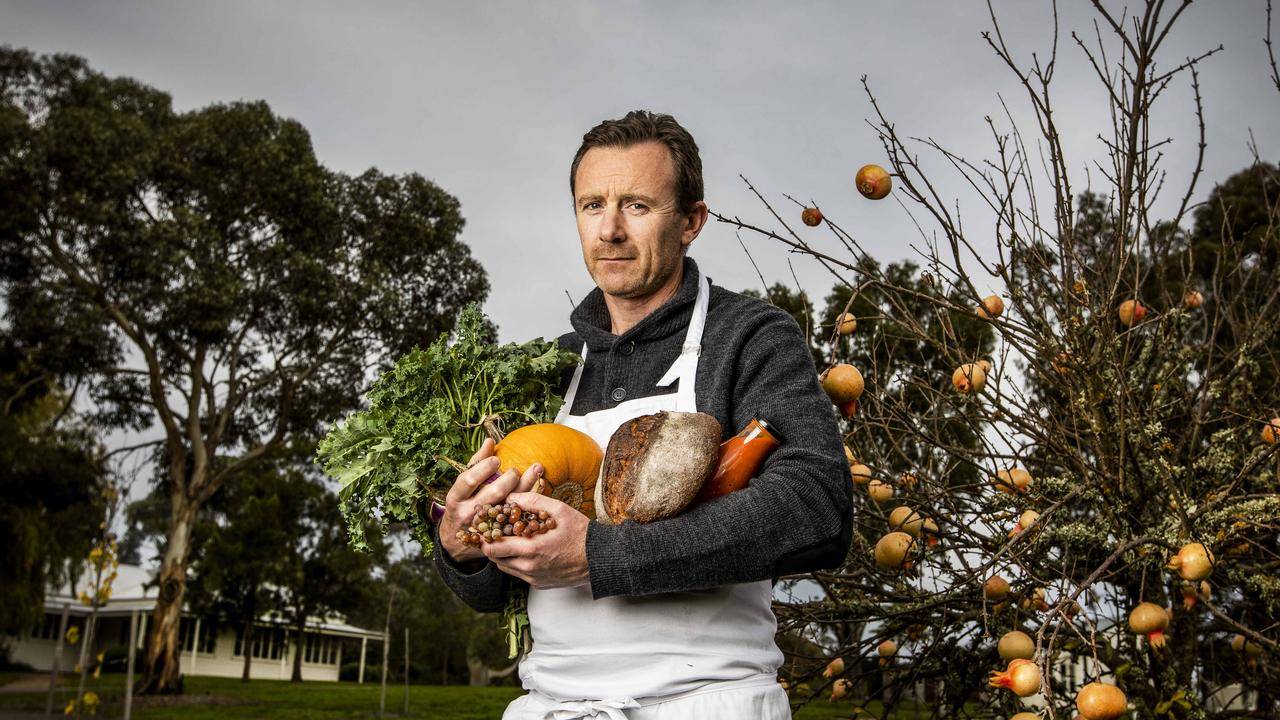
Picture by Nicole Cleary
What makes Brae sustainable and how do they follow RegAg practices?
Dan Hunter has created an aspirational business. From production to consumption, he and his team ensure zero net emissions. What does this look like?
Environment - the farm doesn’t use any chemical fertilizers, pesticides or herbicides in order to improve soil health and land regeneration. They have planted over 1,000 native species of plants and trees, which increases biodiversity in the ecosystem, helps flora and fauna thrive, and reduces their carbon footprint. Brae is a water-efficient property, using 160,000 liter tanks to capture rain for washing, cooking, and drinking in the suites and restaurant. There are three dams on site that serve as irrigation for the crops. Hunter’s farm generates 17 megawatt hours of solar electricity annually. It’s estimated that the solar energy offsets 1.34 tonnes of carbon each month.
A key component of regenerative agriculture is biodiversity, and all of the different things produced on site cultivate a nutrient rich soil. Their closed loop composting system allows food waste from the restaurant to return to the earth. It’s taken from the restaurant and turned into a carbon-rich mulch that regenerates the soil and allows abundant crops to flourish. Good soil is needed for carbon sequestration to happen, and that’s what makes Brae not just sustainable, but actually regenerative. The compost process keeps about 100 kilos of waste out of the landfill every day, and we know that compost can’t do anything good from the bottom of a landfill. 100% of waste water is processed on site and dispersal water is used for irrigation. Brae reduces waste by being a low-waste kitchen, pickling and fermenting unused fruits and veggies, and eliminating single use vessels and restaurant items. The dinnerware that serves guests is made by local artisans using ash from their wood fired oven and clay from the dam on property, and excess clay and ash are used by potter Colin Hopkins to create dining room sculptures and by Victorian ceramicists Cone 11 to create dinnerware. They repurpose menu paper as notepads and recycle all glass and paper. The property has four electric vehicle charging stations for guest and staff use. They use compostable trash liners, receive deliveries of milk from a local biodynamic farm in reusable 20-liter stainless steel pails, and clean and sanitize rooms with chemical free products. Linens come from sustainably-sourced cotton and towels and robes are given to a recycling program when they are no longer usable. Accommodations are carbon neutral, including six recently built suites with passive solar design principles that “feature recycled materials, solar energy, double glazing, harvested rainwater and a worm farm biological waste treatment system, resulting in a building with zero net emissions.” In total, the establishment grows 90% of what is served in the restaurant. By staying small, Brae puts less stress on the environment and soil, and they’ve even designed the property to encourage people to connect with the land that feeds them with walking paths after finishing their meal.
Sourcing - the organic food at Brae is grown “without the harmful chemical, transport or fossil fuel inputs of the industrial food system.” They meet their suppliers and actually go to their properties to ensure that they want to partner up, collaborating only with other sustainable growers who are committed to animal welfare and future land viability. The kitchen bakes bread whose ingredients are grown, harvested, milled and baked onsite. Free range meat from partner farms is hormone and antibiotic-free, and comes from small, independent family operations that let their animals roam free. Olives are pressed for oil and they even make their own seasonal beers. Brae uses cuts of wild-caught and ethically farmed fish that would normally be thrown away, making dishes with under-appreciated species. They know the farmers they work with and give them fair pay on time, every time. Hunter sources specialty products (coffee, tea, chocolate) from fair-trade intermediaries.
Society - Brae is a community oriented business. Staff have Sundays off, close two times a year for leave periods for everyone, and give Christmas and New Year off. Staff have access to formal career development systems and a professional coach delivering regular culture, wellness and team building sessions. They give over $10,000 every year to education, sport, and charity organizations. They raise money for local schools and bushfire relief efforts, and support a revolving art program that helps emerging and local artists and artisans. They give pathways to work for disadvantaged youth and unemployed people in the area who haven’t worked in a long time. Hunter’s farm is recognized by the Sustainable Restaurant Association UK and World’s 50 Best Restaurants for its sustainability efforts. Food Made Good has rated Brae amongst the top Sustainable Restaurants in the World for three years: 2019 93% 3 Stars, 2018 87% 3 Stars. 2017 82% 3 Stars.
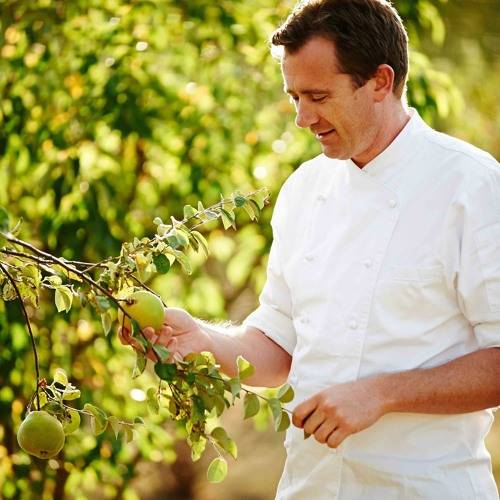
Picture from SoundCloud
But what's the big fuss?
At the end of the day, we are eating what’s in the soil. Think about that sentence - the nutrients in what you eat are only as good as the soil they come from. Dan Hunter’s success comes from his ability to create dishes (that can include up to 60 plants that are grown right outside the dining area) that are as beautiful as they are delicious. Hunter explains that “a farm is not just that flat place with no trees, with soil getting turned over - a healthy farm, a healthy environment, has an ecosystem that helps for organic food production.”
Hunter describes his Brae like this in the episode: “It’s a small restaurant doing small numbers, showing what you can do with small acreage, and produces quite a lot of diverse, quality food.” It is a testament that regenerative agriculture can not only produce healthy and delicious food, but support a thriving business in today’s world.
As an aspirational example of a sustainable food system, Hunter’s creation shows that we can respond to the social and ecological issues associated with intensified industrial agriculture in a way that is actually prosperous. Sustainable food systems integrate research, education, action, and change, bringing sustainability to all parts of the food system, and Brae is a perfect working example of this.
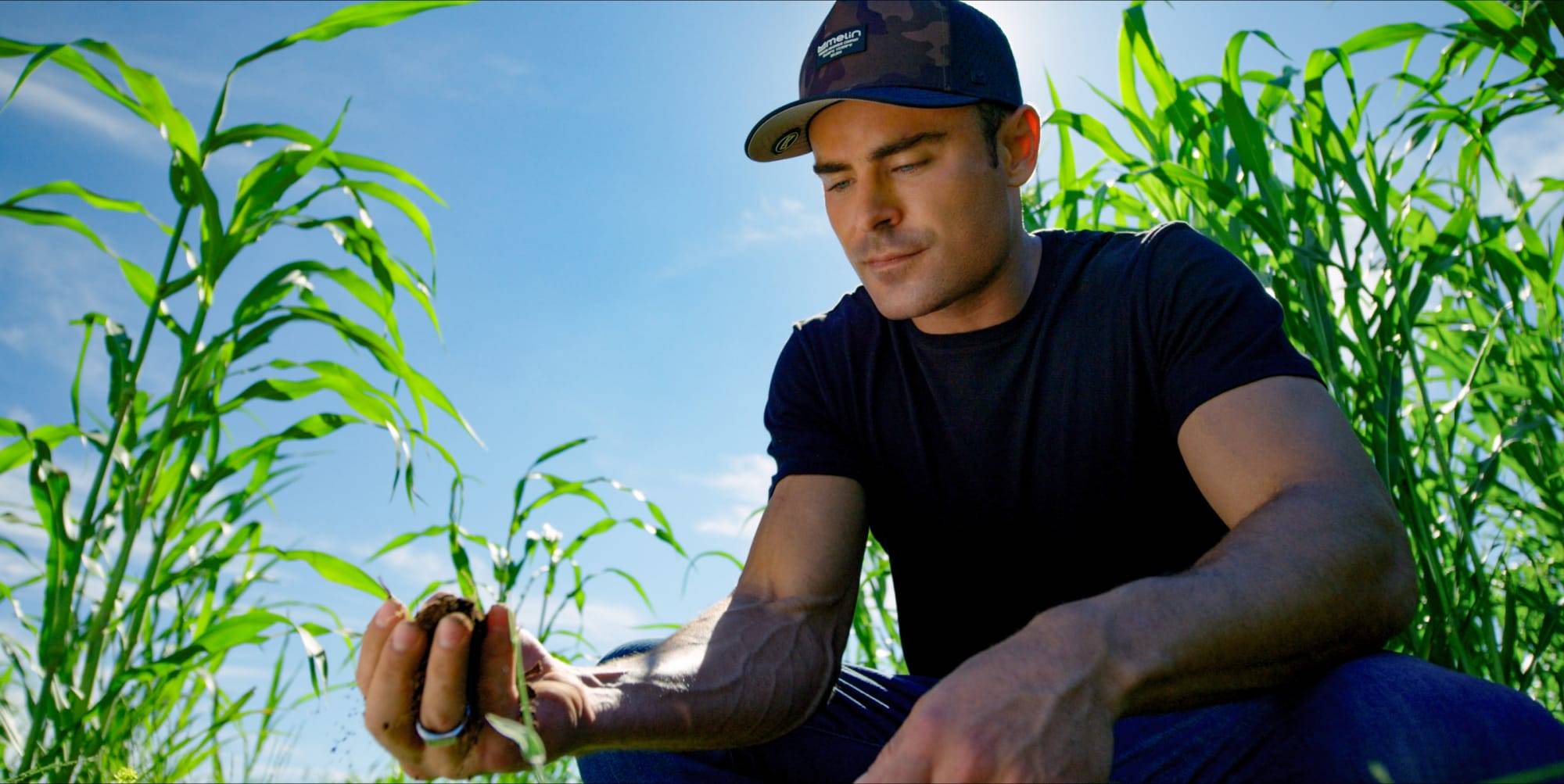
Picture from Netflix
Taking a page from the Brae book
Regenerative agriculture can help us realize social sustainability as well as ecological sustainability. In 2013, V. Ernesto Méndez, Christopher M. Bacon, and Roseann Cohen contributed to the Journal of Sustainable Agriculture with their article Agroecology as a Transdisciplinary, Participatory, and Action-Oriented Approach, in which they described how sustainable agriculture was not just about plant and animal communities, food web interactions, and conservation biology in agricultural landscapes like many suggested in the 70s, but that it essentially involved humans. Sustainability in the food system can not be separated from social justice, and we need to view agriculture as a complex social-ecological system. Agriculture can actually respond to social and cultural issues of the dominant industrial agriculture system and integrate transdisciplinary, participatory, and action-oriented approaches and critically engage with political-economic issues that affect agro-food systems. Brae’s approach is something that should be encouraged on a wider scale. Better policy should provide incentives for small farmers and ensure a decent living for everyone in the production to consumption process, from growing, harvesting, processing, packaging, transporting, marketing, to disposal. We need to legislate a movement away from the systems in place - systems that create crops unable to adapt to changing climatic conditions, promote human unhealth and food deserts, and breed pandemics in massive animal factories. We need real investment in sustainable operations that reduce emissions, soil losses, and water pollution. Agricultural policy has the ability to address both justice and sustainability, as the two issues are really the same.
We know that industrial agriculture can not realize these aspirations. It is antithetical to the needs of the environment and people. Going forward, we need to listen to the farmers, people of color, indigenous communities, and farmworkers who have been telling us how to remake the food system. Remodeling the food system requires work, but there are many ways to get involved. We must remember the inseparability of sustainability and justice in our strategies for transformation.
While it is surprising that my personal childhood crush, Zac Efron, is pointing us to this conversation, it’s also exciting that more and more influential people are invested in changing the world. Finding healthy, sustainable ways to live is something we must do, and people like Chef Dan Hunter are the changemakers we need to look to.







